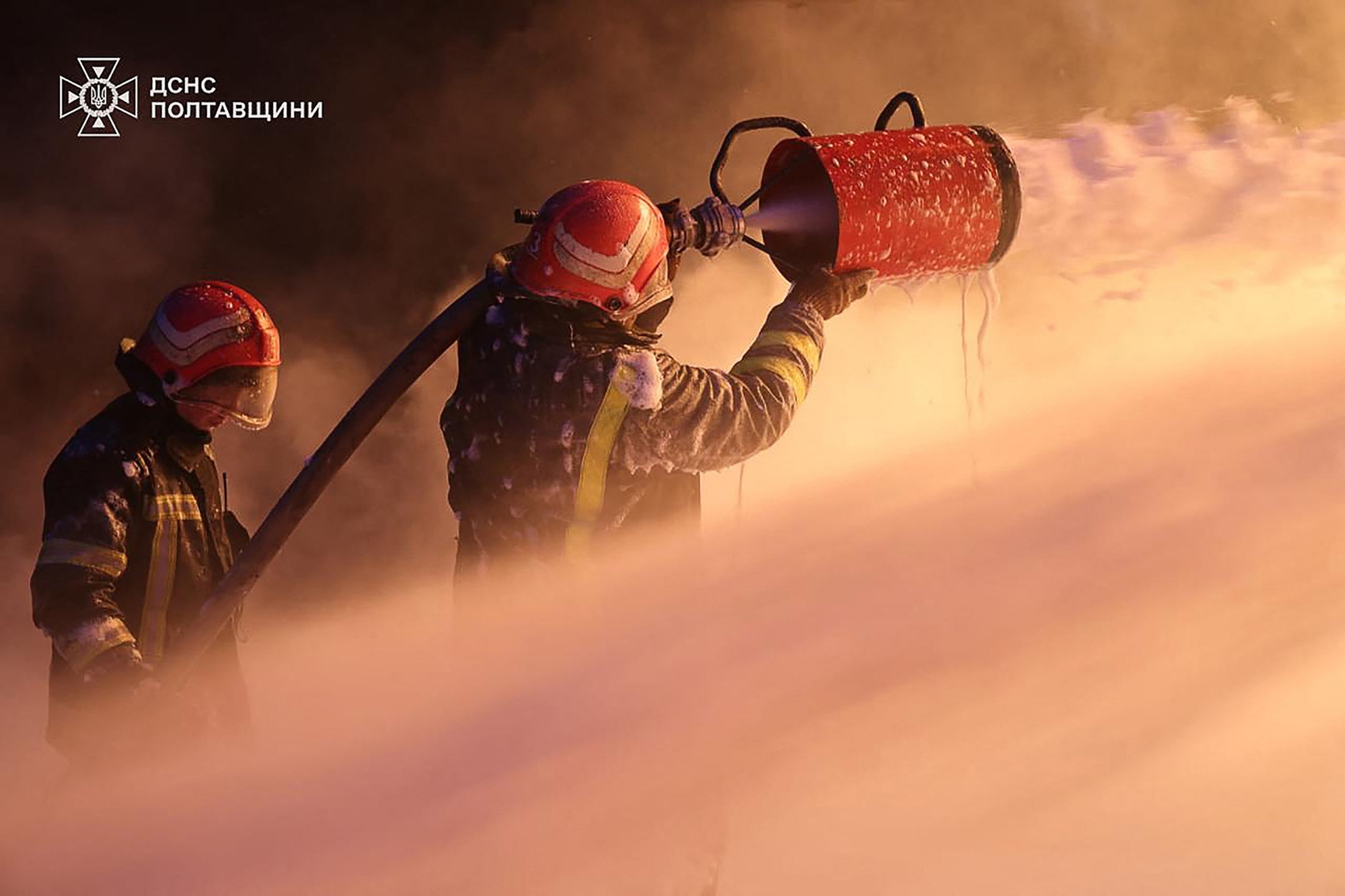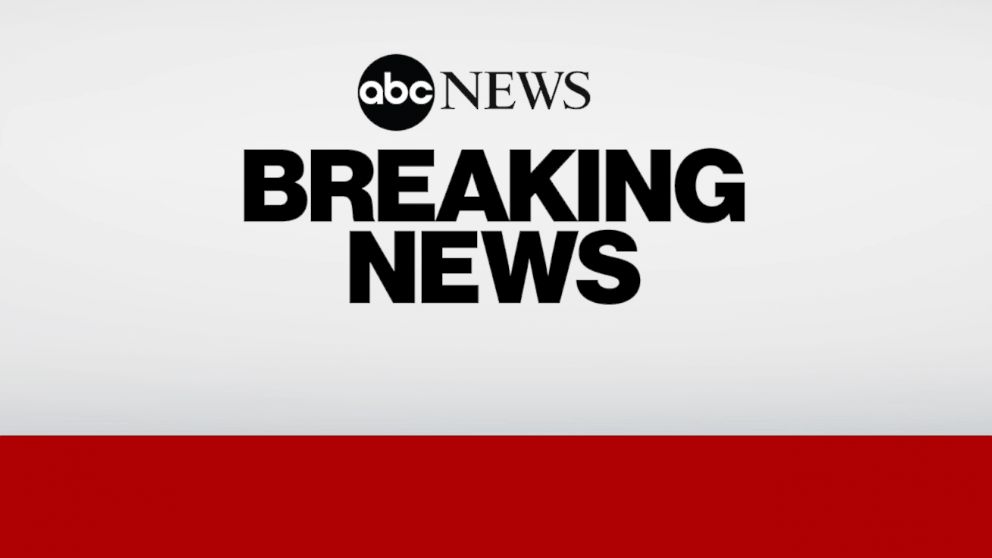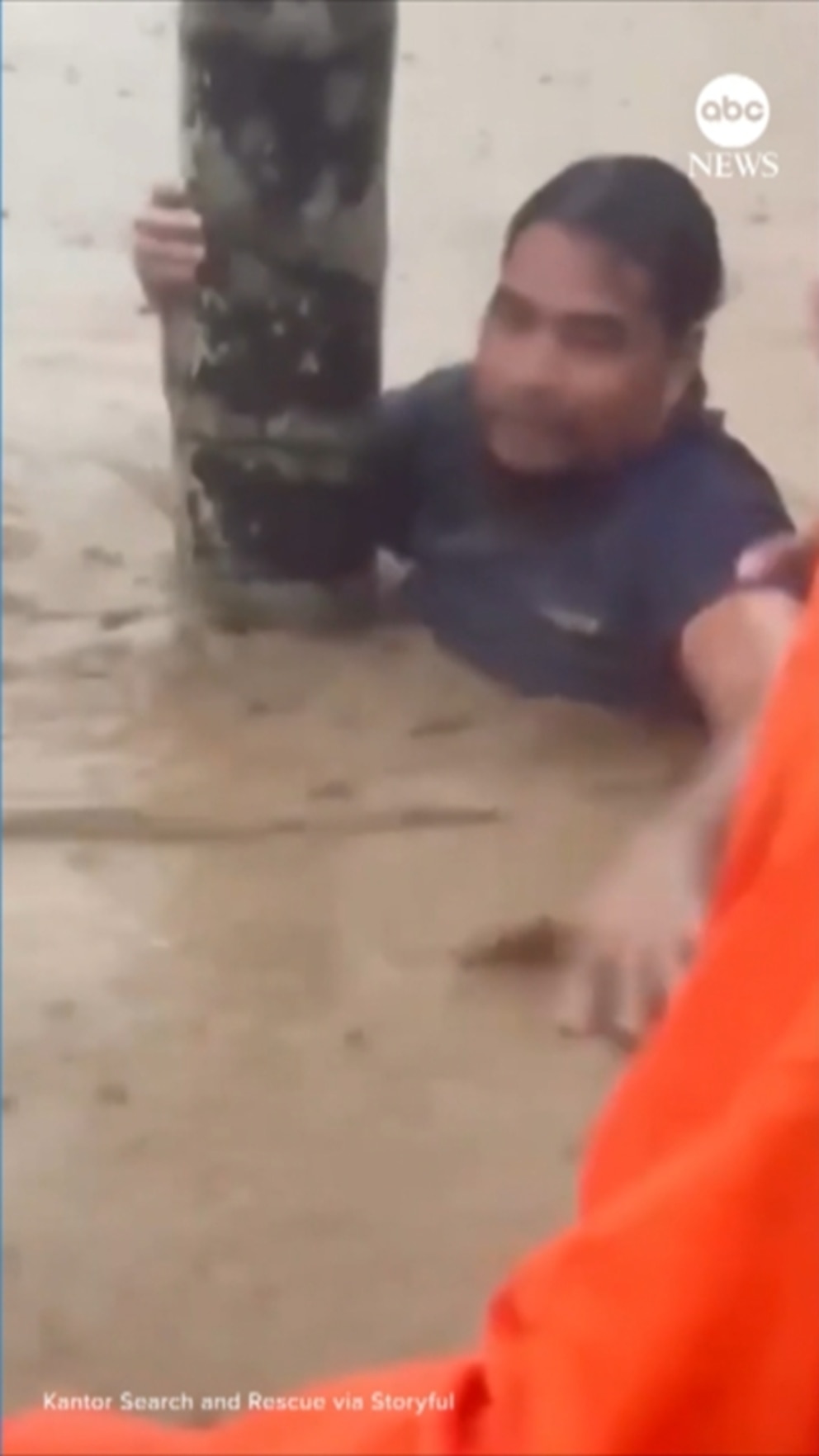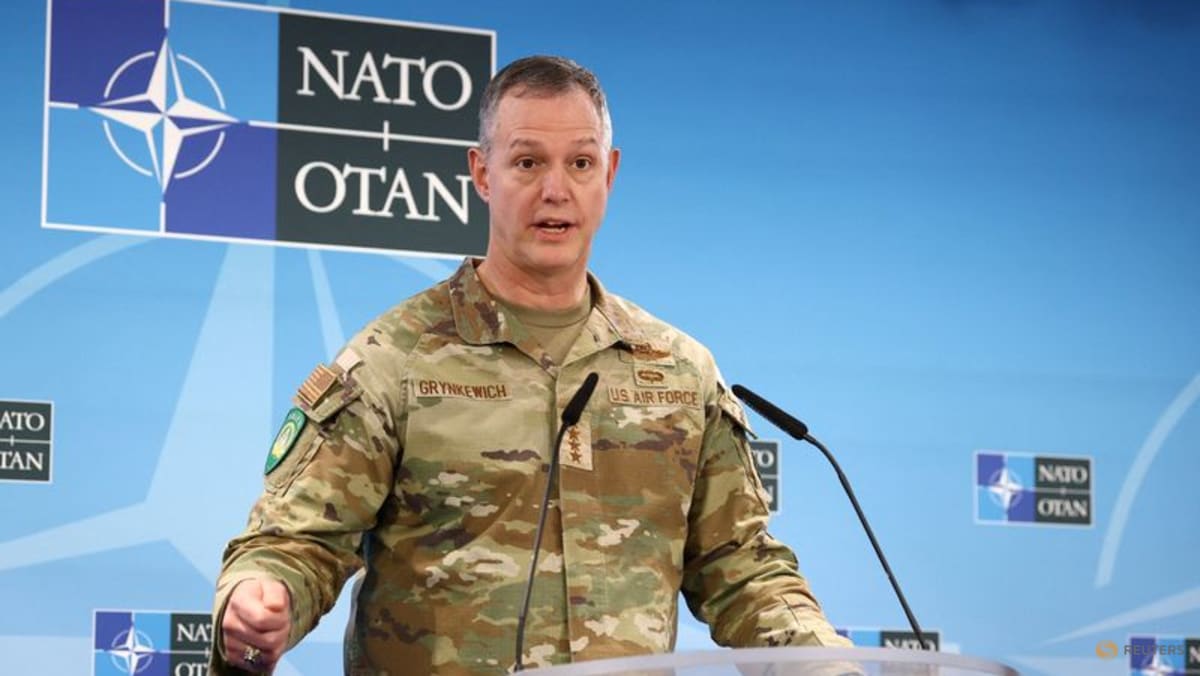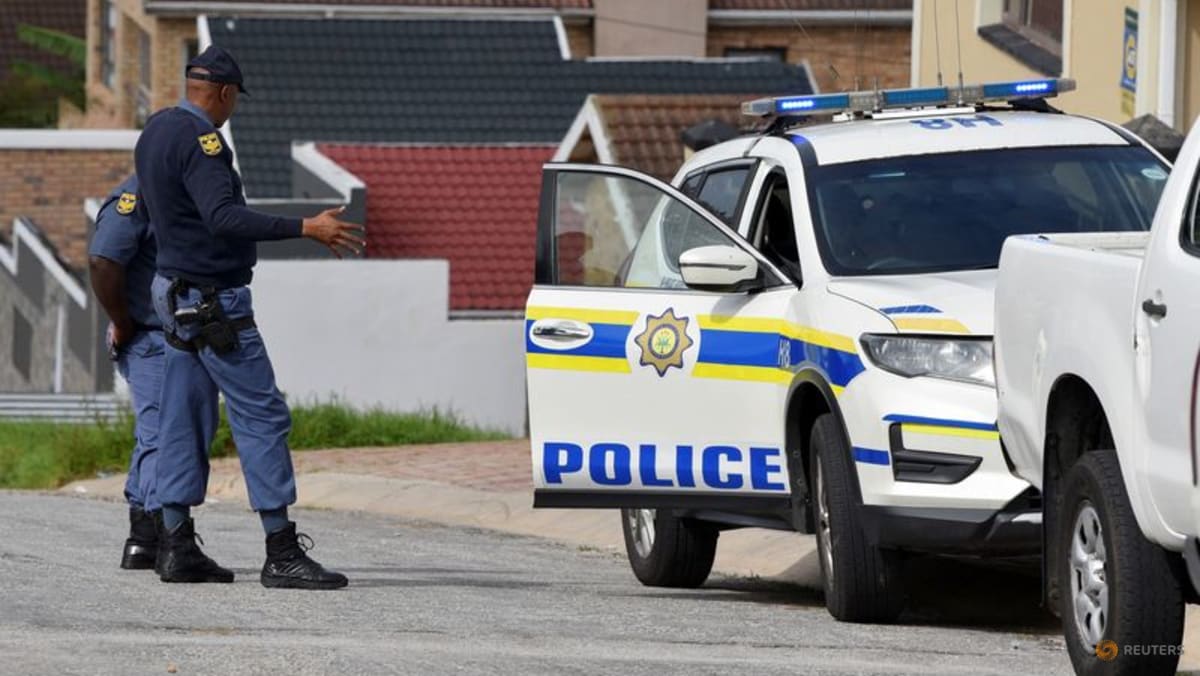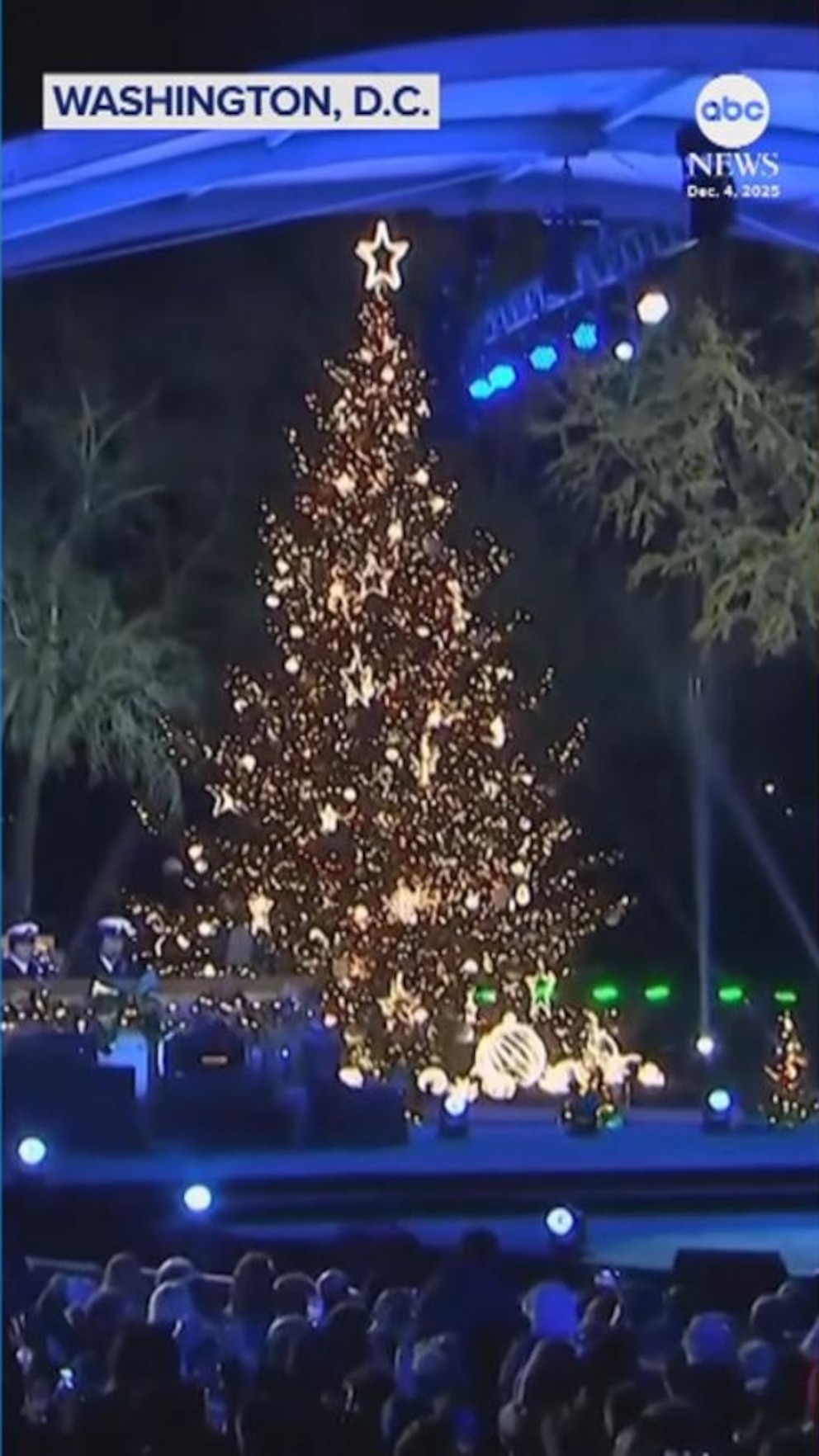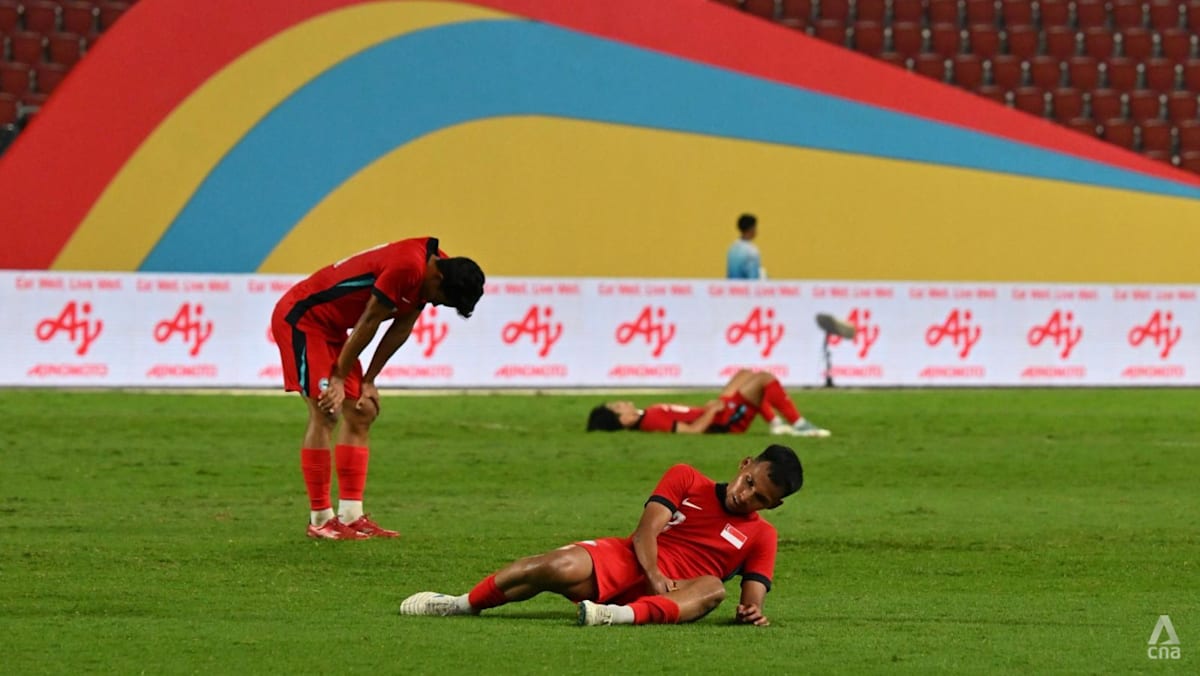Commentary: Even with astronauts stuck in space, NASA is pushing human flights harder than ever
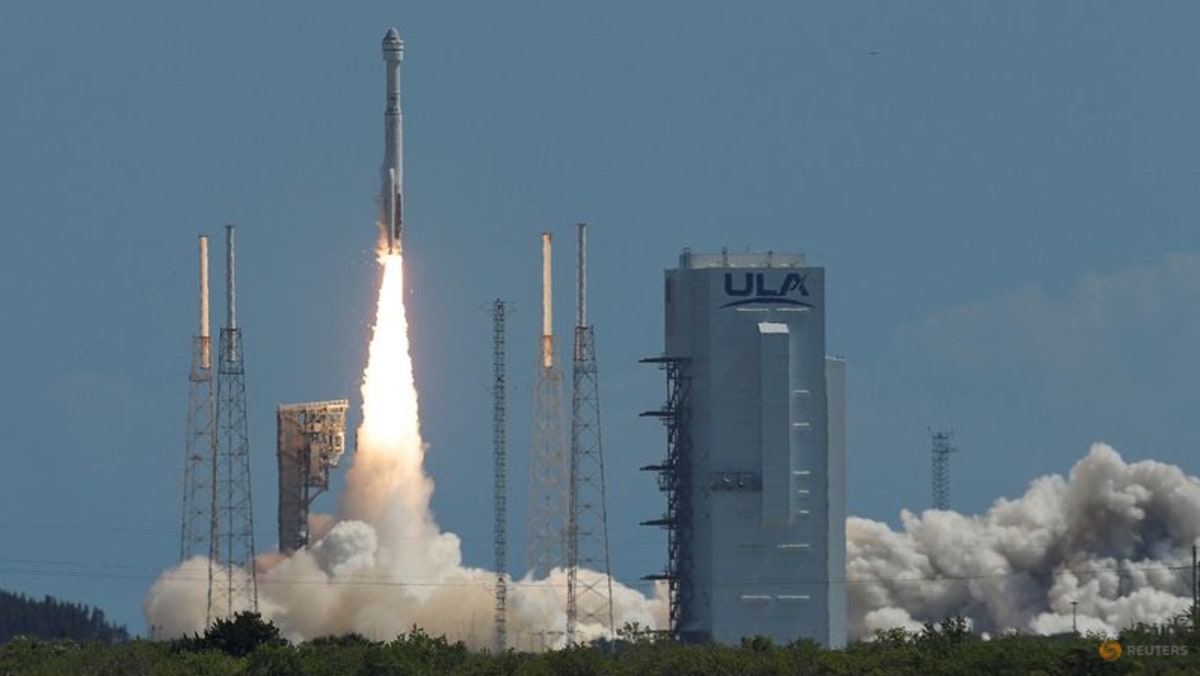
WHAT IS STARLINER?
Boeing has been in partnership with NASA going all the way back to the beginning. From Mariner 10, to the Shuttle programme, and the critical Saturn V rocket that took people to the Moon, the aerospace company has been a reliable and innovative player in the space sector.
So it’s no surprise that when NASA was looking for a small reusable spacecraft, Boeing’s Starliner design was an easy pick.
Over 10 years, Starliner has faced issues getting off the ground. Setbacks are normal when developing new technology to meet NASA’s standards. However, software defects caused the first orbital test in 2019 to end without the uncrewed craft docking with the ISS.
It was deemed a partial success by Boeing, as the spacecraft was able to make a soft landing back on Earth. But the issues would have ultimately caused the destruction of the vehicle if they had not been caught and corrected.
A clear plan to address the issues was laid out, and another uncrewed test planned for 2020. However, the pandemic and even more problems, including a launch cancellation, pushed completion of this milestone to 2022.
Back to Jun 5. After setbacks, mishaps and a launch delay, the Boeing Starliner Crewed Flight test finally launched aboard the United Launch Alliance Atlas V rocket.
But as the spacecraft neared the moment of docking with the ISS, some of its thrusters were not performing as expected, and there were leaks in its helium system. Helium gas is critical to push propellant to the thrusters, so this was a concerning development.
The spacecraft was ultimately able to dock with the ISS and the astronauts safely disembarked.
Source: CNA



